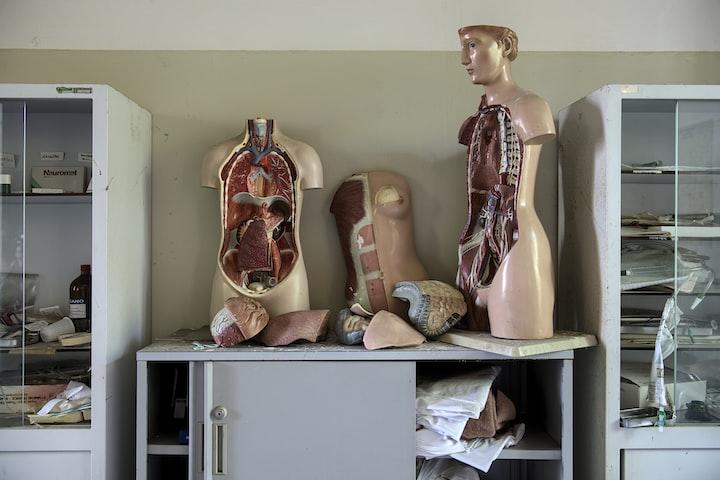A fatty liver is one in which there is an excess accumulation of fat in the liver. This can be due to a variety of reasons, but most often it is seen in people who are overweight or obese. There are two types of fatty liver: non-alcoholic fatty liver disease (NAFLD) and alcoholic fatty liver disease (AFLD). Both types can lead to serious health problems, including cirrhosis and liver failure.
The exact cause of NAFLD is not completely understood, but it is thought to be linked to insulin resistance. Insulin resistance occurs when the body’s cells do not respond properly to insulin, which leads to high blood sugar levels. Over time, this can damage the liver and lead to fat accumulation. Obesity is also a risk factor for NAFLD because excess body fat can lead to insulin resistance.
AFLD is caused by excessive alcohol consumption. Alcohol abuse damages the liver and prevents it from properly breaking down fats. This leads to an accumulation of fat in the liver, which can eventually lead to cirrhosis or Liver failure.
There are a few lifestyle changes that can help prevent or treat fatty Liver Disease: maintaining a healthy weight, eating a healthy diet, exercising regularly, limiting alcohol.
Added sugar. Stay away from sugary foods such as candy, cookies, sodas, and fruit juices
Sugar is one of the worst things you can consume if you have fatty liver. It’s metabolized directly into fat, which is then stored in your liver. This leads to an increased risk of developing non-alcoholic fatty liver disease (NAFLD).
In addition to being high in sugar, many processed foods also contain unhealthy fats and chemicals that can further damage your liver. So it’s best to avoid these altogether if you have fatty liver. Instead, focus on eating whole, unprocessed foods like fruits, vegetables, and lean protein.
Fried foods. These are high in fat and calories
Fried foods are high in fat and calories, which can lead to weight gain and obesity. Obesity is a risk factor for fatty liver disease.
When you eat fried foods, the high fat content can increase your risk of developing fatty liver disease. Fatty liver disease is a condition in which excess fat builds up in your liver. This can lead to inflammation and scarring of the liver.
If you have fatty liver disease, you may be at risk for other serious health problems, such as cirrhosis (scarring of the liver) and hepatocellular carcinoma (liver cancer).
You can help prevent fatty liver disease by making healthy lifestyle choices, such as eating a healthy diet and getting regular exercise. If you already have fatty liver disease, treatment focuses on managing the underlying causes, such as obesity or diabetes.
Added salt
Most people are aware that consuming too much salt is not good for their health. However, many people do not realize that consuming too much salt can also lead to fatty liver disease.
Fatty liver disease is a condition in which there is an accumulation of fat in the liver. This can lead to various health problems, including cirrhosis and liver failure.
Consuming too much salt can cause the body to retain water. This can lead to an increase in blood pressure and a build-up of fluid in the abdomen (known as ascites). These conditions can put strain on the liver and cause it to become fatty.
In addition, high salt intake has been linked to insulin resistance, which is a major risk factor for type 2 diabetes. Type 2 diabetes is another condition that can contribute to fatty liver disease.
White bread, rice, and pasta
White flour is one of the primary ingredients in many processed foods, such as bread, pizza dough, pastries, and tortillas. It’s also frequently used as a coating for fried foods. Not only is white flour high in calories and devoid of nutrients, but it can also trigger fatty liver disease.
When your body digests white flour, it turns into sugar (glucose) very quickly. This sudden spike in blood sugar causes your body to produce insulin to remove the sugar from your bloodstream. However, if you eat too much white flour or other refined carbs on a regular basis, your body eventually becomes resistant to insulin’s effects. Insulin resistance is a major factor in the development of non-alcoholic fatty liver disease (NAFLD).
NAFLD occurs when fat accumulates in your liver cells (steatosis), causing them to swell. In some cases, this swelling can lead to inflammation and scarring of the liver (cirrhosis). NAFLD is closely linked to obesity and type 2 diabetes – two conditions that are becoming increasingly common worldwide. While there’s no cure for NAFLD, making lifestyle changes – such as eating a healthy diet and exercising regularly – can help reduce your risk of developing this condition or progressing to more serious liver damage.
Red meat
Saturated fat is found in animal products such as red meat, butter, and full-fat dairy. It’s also in some plant-based oils, such as coconut oil and palm oil. Too much saturated fat can increase the amount of fat in your liver, which can lead to fatty liver disease.
Cutting back on red meat and choosing leaner meats, such as chicken or fish, can help reduce the amount of saturated fat you eat. You should also avoid processed meats like sausage and bacon, which are high in saturated fat.
